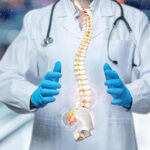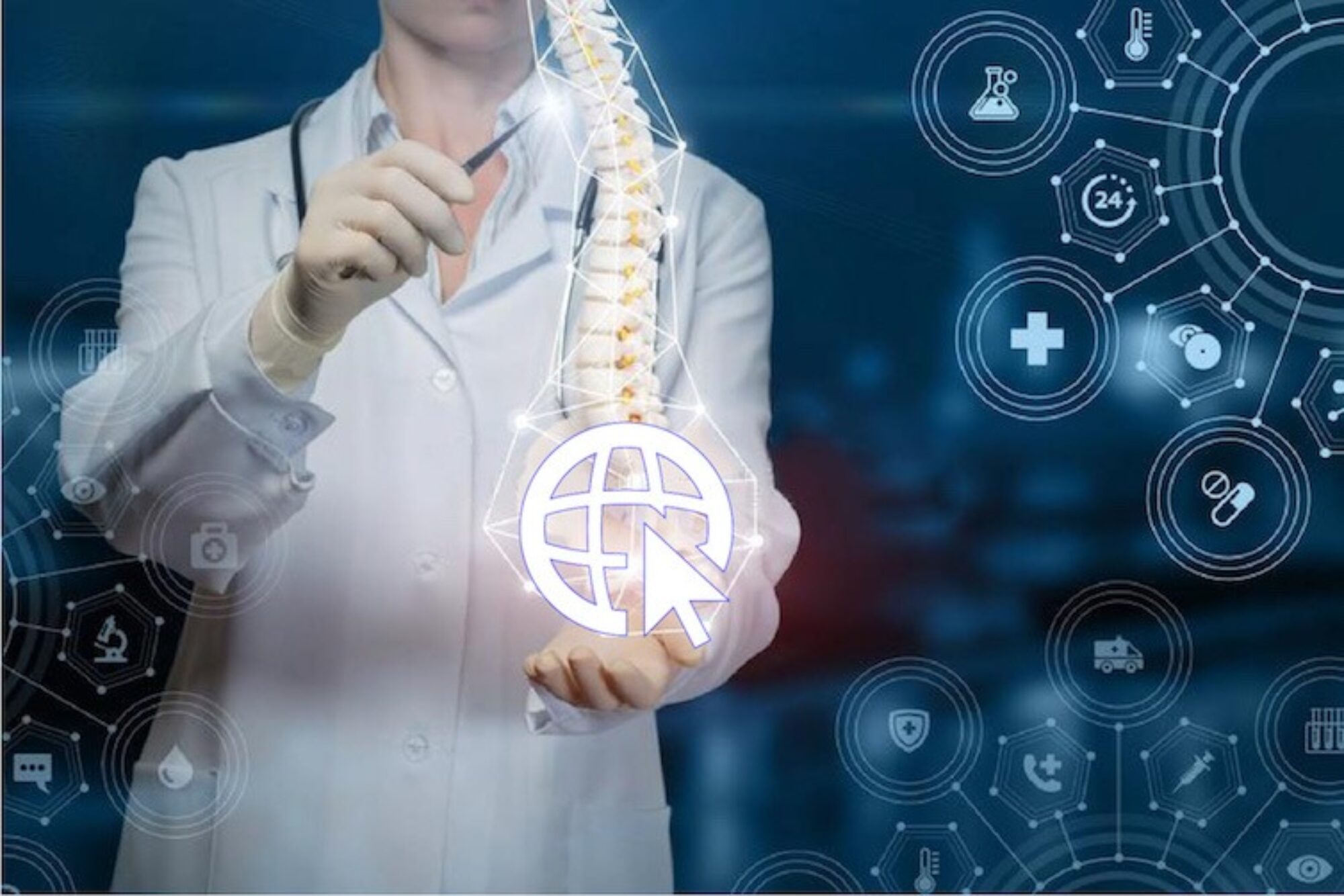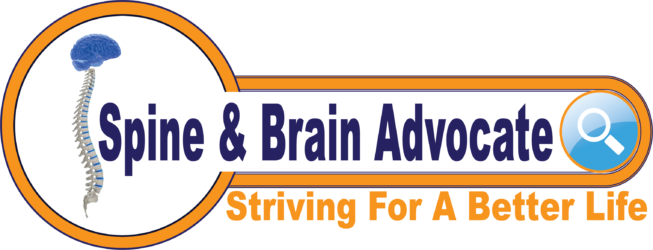Anatomy
Learning the basics of human anatomy can help people begin to understand their medical condition(s).
Human anatomy includes the cells, tissues, and organs that make up the body and how they are organized in the body. Studying human anatomy can help patients understand how their body functions and this knowledge may allow them advocate for the best medical care possible.
The human body is a biological machine made of body systems; groups of organs that work together to produce and sustain life.
Here is a list of the body’s systems:
| System of organs | A group of organs that work together to perform one or more functions in the body. |
| Musculoskeletal system | Mechanical support, posture and locomotion |
| Cardiovascular system | Transportation of oxygen, nutrients and hormones throughout the body and elimination of cellular metabolic waste |
| Respiratory system | Exchange of oxygen and carbon-dioxide between the body and air, acid-base balance regulation, phonation. |
| Nervous system | Initiation and regulation of vital body functions, sensation and body movements. |
| Digestive system | Mechanical and chemical degradation of food with purpose of absorbing into the body and using as energy. |
| Urinary system | Filtration of blood and eliminating unnecessary compounds and waste by producing and excreting urine. |
| Endocrine system | Production of hormones in order to regulate a wide variety of bodily functions (e.g. menstrual cycle, sugar levels, etc) |
| Lymphatic system | Draining of excess tissue fluid, immune defense of the body. |
| Reproductive system | Production of reproductive cells and contribution towards the reproduction process. |
| Integumentary system | Physical protection of the body surface, sensory reception, vitamin synthesis. |
The Brain
The brain can be divided into three basic units:
- forebrain
- midbrain
- hindbrain*
*The hindbrain includes the upper part of the spinal cord, the brain stem, and a wrinkled ball of tissue called the cerebellum. The hindbrain controls the body’s vital functions such as respiration and heart rate. Reference
The Spine
The spinal cord lies inside the spinal column, which is made up of 33 bones called vertebrae. Five vertebrae are fused together to form the sacrum (part of the pelvis), and four small vertebrae are fused together to form the coccyx (tailbone).
The spine itself is divided into four sections, not including the tailbone:
- Cervical vertebrae (C1-C7): located in the neck
- Thoracic vertebrae (T1-T12): located in the upper back and attached to the ribcage
- Lumbar vertebrae (L1-L5): located in the lower back
- Sacral vertebrae (S1-S5): located in the pelvis
Vertebral Discs
Between the vertebral bodies (except cervical vertebrae 1 and 2) are discs serving as a supportive structure for the spine. These discs act as shock absorbers for the spinal bones.
Ligaments attached to the vertebrae also serve as supportive structures.
Spinal Nerves
There are 31 pairs of spinal nerves and roots. One member of the pair exits on the right side and the other exits on the left.
Through the peripheral nervous system (PNS), nerve impulses travel to and from the brain through the spinal cord to a specific location in the body. The PNS is a complex system of nerves that branch off from the spinal nerve roots.
These nerves travel outside of the spinal canal to the upper extremities (arms, hands and fingers), to the muscles of the trunk, to the upper and lower extremities (arms, hands, fingers, legs, feet and toes) and to the organs of the body.
Any interruption of spinal cord function caused by disease or injury at a particular level may result in a loss of sensation and motor function.
The Spinal Cord
The spinal cord is an extension of the central nervous system (CNS), which consists of the brain and spinal cord. The spinal cord begins at the bottom of the brain stem (at the area called the medulla oblongata) and ends in the lower back, as it tapers to form a cone called the conus medullaris.
The spinal cord runs from the top of the highest neck bone (the C1 vertebra) to approximately the level of the L1 vertebra, which is the highest bone of the lower back and is found just below the rib cage. At the bottom of the spinal cord (conus medullaris) is the cauda equina, a collection of nerves.
Cerebrospinal fluid (CSF) surrounds the spinal cord, which is also shielded by three protective layers called the meninges (dura, arachnoid and pia mater).
For example, take a look at the craniocervical junction and how it can effect the systems in the body…
To help you understand how the cranio (head) and cervical (neck) can be affected by congenital conditions, injury and disease, it’s helpful to understand the key parts of the craniocervical junction and how it functions. Because of the complexity of this area, we have split it out into several sections: the Craniocervical Junction, the Atlanto-occipital, the Atlantoaxial joint, the Brainstem, Spinal Cord and Cerebrospinal Fluid, the Nerves, the Blood Vessels, and the Lymph Vessels.
Again, the CCJ is where the brain connects with the body, and it involves a lot of vital body parts and systems… click here to read more about the craniocervical junction’s anatomy.


